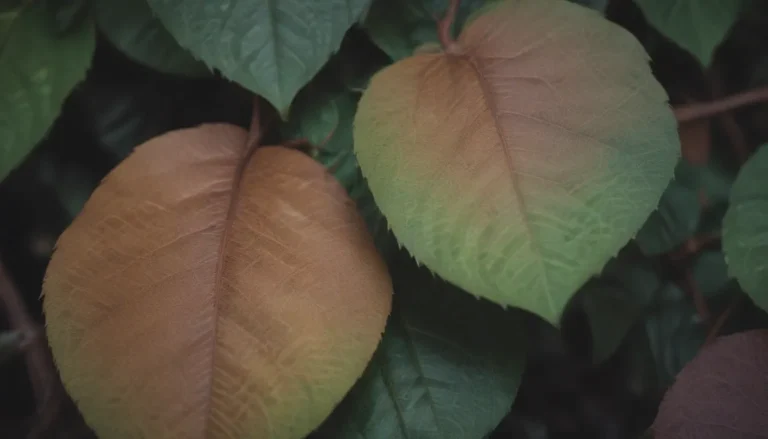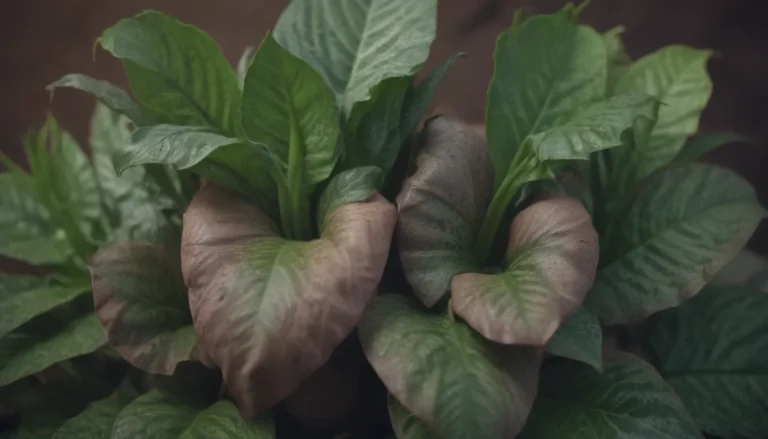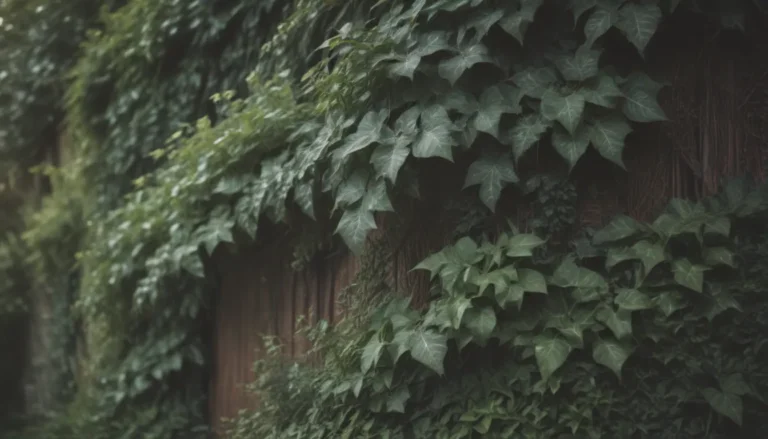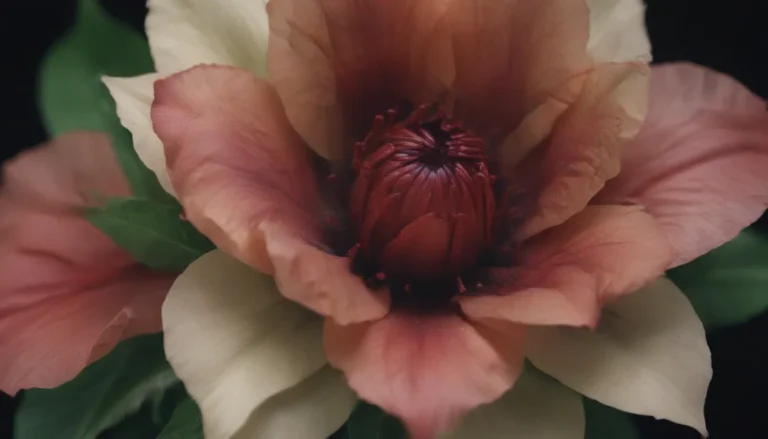The Ultimate Guide to Growing and Caring for Bottlebrush Buckeye
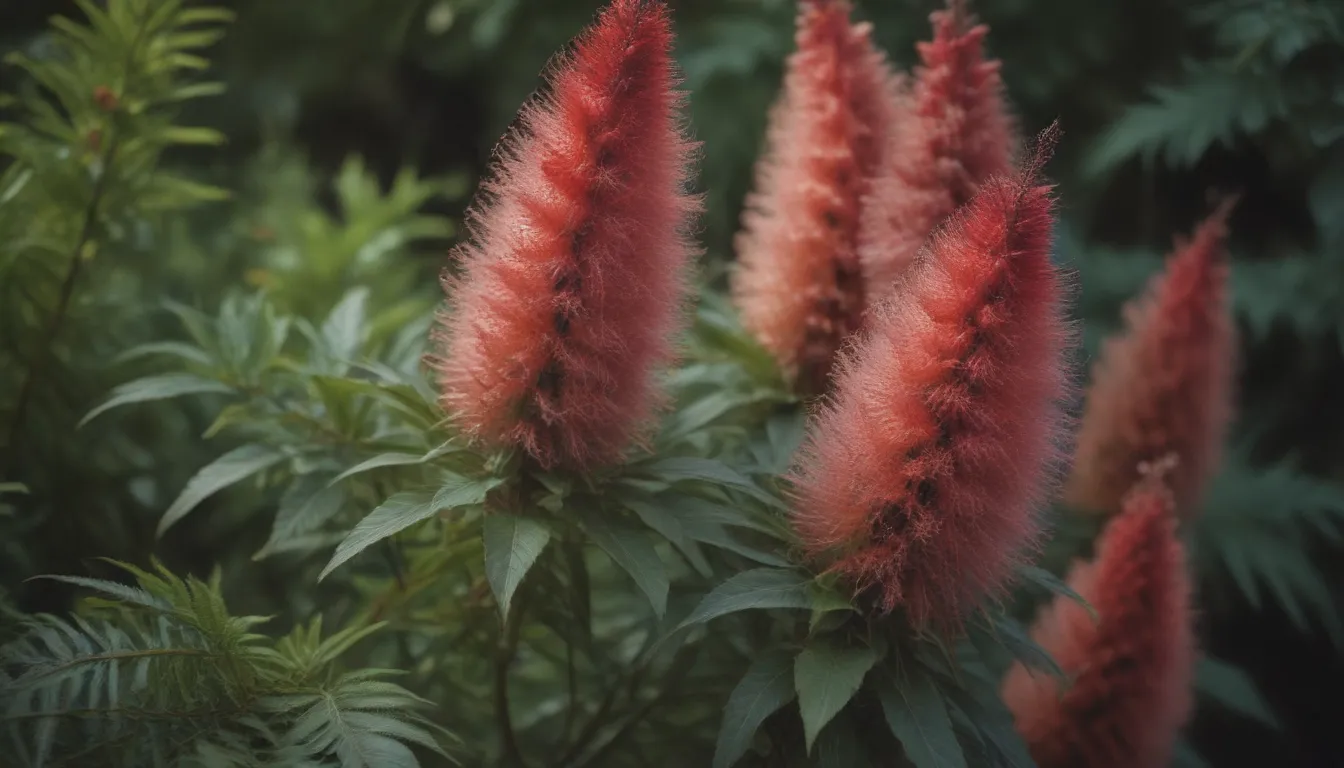
Are you looking to add a stunning summer-flowering shrub to your yard that thrives in shade and attracts pollinators? Look no further than the bottlebrush buckeye (Aesculus parviflora). This native southeastern North American species is not only beautiful but also easy to grow with the right care. In this comprehensive guide, we will explore everything you need to know about growing and caring for bottlebrush buckeye to ensure it flourishes in your garden.
Introduction to Bottlebrush Buckeye
Bottlebrush buckeye is a versatile plant that offers a long bloom time with showy, white, feathery panicles that last for weeks. The foliage adds fall interest, making it a year-round favorite in any garden. However, it’s essential to note that all parts of the bottlebrush buckeye are toxic to humans, cats, dogs, and horses, so it’s important to keep it away from curious kids and pets.
Bottlebrush Buckeye Care
To help your bottlebrush buckeye thrive, here are the main care requirements you need to consider:
Light
One of the appealing qualities of the bottlebrush buckeye is its adaptability and shade tolerance. While it grows best in full sun, it can still thrive in partial or full shade areas, although the form and bloom may be more sporadic in shaded spots.
Soil
Ensure your bottlebrush buckeye has moist, well-drained soil, especially when it’s young and establishing its root system. While it prefers acidic soils, it can still grow in other soil types if necessary. Amending the soil with organic matter can benefit the plant’s growth and overall health.
Water
Consistently moist but not soggy soil is crucial for producing healthy blooms on your bottlebrush buckeye. Avoid letting the soil dry out for prolonged periods, as these plants thrive in moist conditions. Well-established shrubs can handle short periods of drought better than young plants with immature root systems.
Temperature and Humidity
Established bottlebrush buckeyes can withstand temperatures as low as -4 degrees Fahrenheit. However, young plants are more susceptible to late spring frosts due to their delicate root systems. Ensure your plant is protected during extreme weather conditions.
Fertilizer
While bottlebrush buckeyes aren’t heavy feeders, amending the soil with organic matter in the spring is usually sufficient. If you choose to fertilize, opt for a slow-release liquid fertilizer. Young plants may benefit from fertilization in spring and fall, but once established, they may not require as much fertilization.
Pruning Tips for Bottlebrush Buckeye
Bottlebrush buckeyes have a spreading form and can grow outward significantly. While they make excellent privacy hedges and screens, minimal or no pruning is recommended to maintain their natural uniform shape. Allow ample space for the shrub to grow freely, but you can control its spread with occasional pruning if necessary.
Growing Bottlebrush Buckeye from Seed
If you’re interested in growing bottlebrush buckeyes from collected seeds, follow these steps for success:
- Collect seeds in the fall.
- Patience is key, as it may take up to three years for the plant to flower from seed.
- Note that northern regions with shorter growing seasons may produce fewer seeds.
Common Pests and Plant Diseases
While bottlebrush buckeyes are generally hardy and resistant to pests and diseases, they may occasionally be affected by leaf spot, canker, honey fungus, or coral spot. Monitor your plants regularly for any signs of distress and take necessary precautions to prevent and manage these issues.
How to Encourage Blooms on Bottlebrush Buckeye
The stunning blooms of the bottlebrush buckeye are a highlight of this plant. Here’s how you can encourage more blooms and make the most of their beauty:
Bloom Months
Depending on your region’s climate, bottlebrush buckeyes typically bloom from mid-June to July, with the potential to bloom through to September if conditions are favorable.
Flower Characteristics
The bottlebrush buckeye’s creamy-white flowers grow in large, upright panicles with protruding pink stamens, resembling a bottlebrush. These blooms have a light honey-like fragrance, adding to their charm.
Bloom Care Tips
Provide consistent moisture to your bottlebrush buckeye to ensure abundant blooms. Avoid overwatering to prevent root rot, and consider placing the plant in a sunny location for the best blooming results.
In addition to its beautiful blooms, the bottlebrush buckeye is also a deer-resistant shrub and attracts beneficial pollinators and wildlife to your garden. Consider adding this native species to your landscape for its aesthetic appeal and ecological benefits.
Conclusion
With proper care and attention, the bottlebrush buckeye can thrive in your garden, adding beauty and interest throughout the year. By following the tips outlined in this guide, you can successfully grow and care for this award-winning plant, creating a vibrant and welcoming outdoor space for you to enjoy. Embrace the unique qualities of the bottlebrush buckeye and watch it flourish in your yard. Happy gardening!

